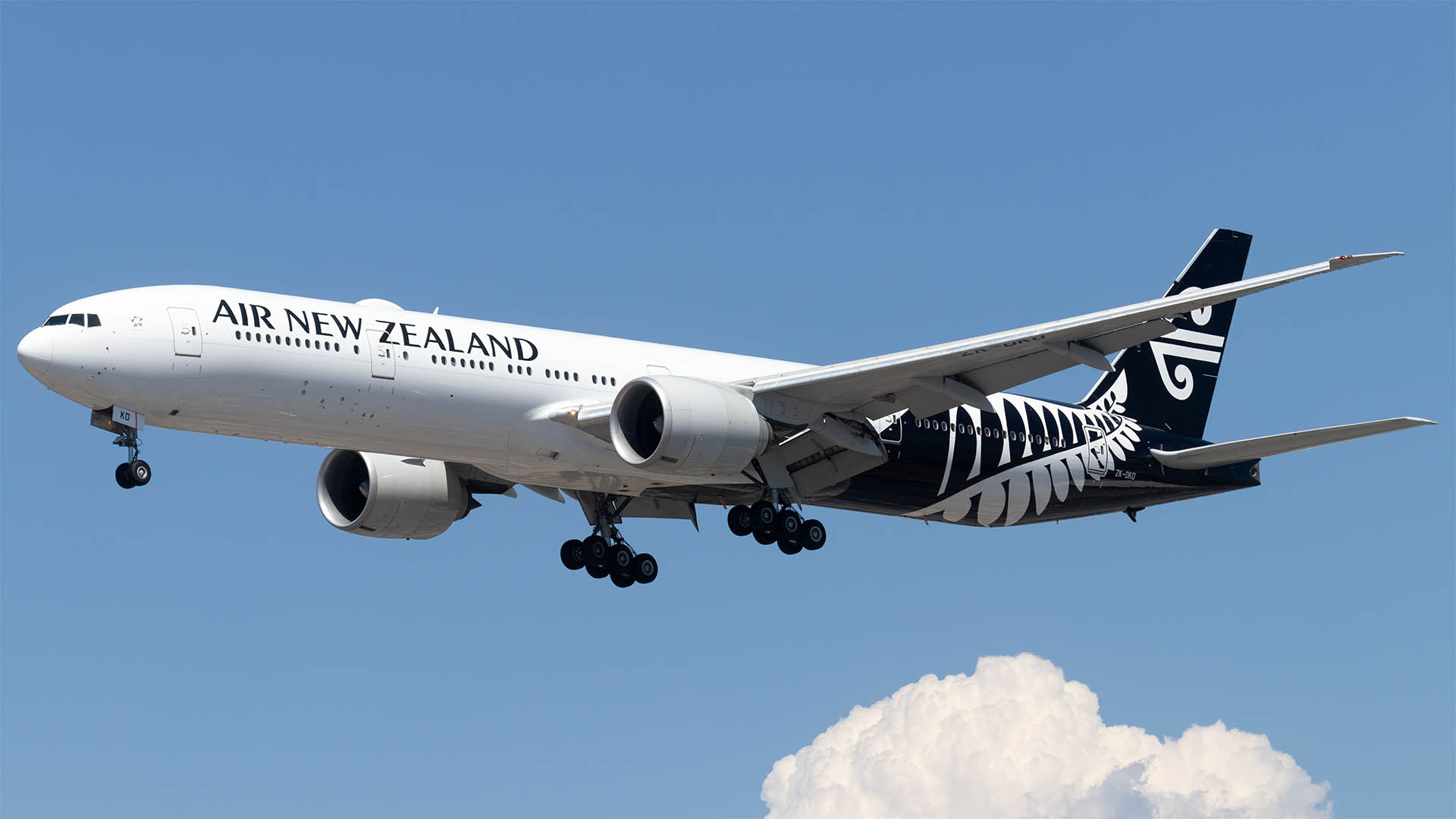Two ASX-listed satellite plays are striving to reach for the stars but to succeed they need to convince investors that a previous high-profile failure in the sector was an aberration.
Sky and Space Global (SAS) 5.7c (trading halt)
In an equatorial belt encompassing large swathes of Africa, South America and the Asia Pacific including Australia’s Top End, about three billion people have access to only rudimentary telecommunications or none at all.
When they are connected, the price of traditional satellite coverage is often prohibitively expensive.
Enter nano satellites, which are smaller alternatives to traditional satellites that are more nimble and up to 80 per cent cheaper. For a start, they aren’t blasted into space on a rocket but are launched in the upper atmosphere from a modified jet (in Sky and Space’s case, a Virgin Orbit Boeing 747).
Via routers, the nano satellites talk to each other and form expanding narrow-band networks. Connected via a normal mobile phone, the satellites provide basic text and voice services and can be used to track people and equipment.
After years of testing and tinkering, Sky and Space Global is on the verge of commissioning the world’s commercial telco network based on nano satellites.
Having sent three units into orbit as a proof of concept, Sky and Space is ready to launch the first 16 of a planned complement of 200 low-orbiting satellites.
“Not a lot of people can say we were the first to think about something and actually do it,’’ says CEO and co-founder Meir Moalem.
“Nano satellites have been used commercially for some time, for remote sensing. But we were the first to think about using them for communications.”
One of several ASX tech plays based on Israeli-developed technology, SAS found its way to our bourse after the founders reluctantly agreed to meet a group of Australians looking for interesting companies as reverse takeover (RTO) candidates.
“What is an RTO and what is the ASX,” the Israelis asked.
Despite this inauspicious start Sky and Space was persuaded away from venture capital and down the ASX route, raising $4.57m via the shell of Burleson Energy in mid 2016. Since then, SAS has raised a further $30.5m across four funding rounds and has just announced a $12m placement and $3m priority offer, both at 3c a share (a 48 percent discount to the prevailing price).
“(Listing on the ASX) was a dilemma because being a listed company has its pros and cons, and certainly for a start up in the early days it is not the natural evolution,” Moalem says.
“But at the end of the day it was a good decision, it provided us with the capital to not only to launch the first satellites but also build the business.”
While most of SAS’s 8000 shareholders are Australian, the company is largely based in Israel and Poland, where a subsidiary is developing the all-important software.
Little of Sky and Space’s technical activity takes place here, but this might change given the formation of the Australian Space Agency to pursue commercial opportunities. Funded in last year’s federal budget, the agency will be based in Adelaide and led by former CSIRO CEO Dr Megan Clark.
Moalem says some investors assume the company is serving mainly poor farmers in Africa, but the target applications include government bodies and industries such as aviation and fishing. He estimates one billion people in the coverage region – -up to 18 degrees south and north of the equator — are unconnected.
A further two billion people have only poor coverage.
Even in developing countries, customers are paying $US10-20 a month for traditional satellite based services. So if Sky and Space can achieve market penetration of half a percent of the unconnected audience five million people) and charge $5 a month, that implies revenue of $US300m a year.
Under its business to business model, Sky and Space has underpinned the launches by signing up 29 customers (mainly telcos) to use the satellite bandwidth.
Ahead of its ASX debut, SAS battled investor sentiment given the spectacular implosion of Newsat a few months earlier. NewSat planned to launch two traditional satellites at huge expense, but administrators were called in 2015 following revelations of poor corporate governance.
In September last year founder and CEO Adrian Ballintine was committed to trial on fraud charges.
Moalem says apart from being satellite business, there’s no commonality between Newsat and Sky and Space, although he admits the reputational damage has taken its toll.
“If something wrong happens to another company, everyone loses. If Spacex fails in one of their launches, everyone suffers.”
Co-founder Meidad Pariente says once the infrastructure is built, users will come.
“We are not that concerned there are other companies targeting the same market. We are not saying we will sell to one billion people, but if we do we will need a larger safe (to house all the revenue).”
Sky and Space shares haven’t exactly reached for the stars over the last year, having shed two-thirds of their value over the last year.
In mid 2018, 200 million of founder shares went out of escrow, but Moalem insists none of the trio is selling anything.
“This is our lifelong dream and vision and we will ride it through to the very successful endgame.”
Speedcast International (SDA) $3.30
There’s a common boardroom link between Sky and Space and alternative ASX-listed satellite play Speedcast: iiNet founder Michael Malone.
Malone joined the Sky and Space board last October and has been a Speedcast director since May 2014.
Having sold iiNet to TPG Telecom for $1.56bn, it’s fair to say Malone is not motivated by the director fees.
Malone’s presence on both boards highlights that while the two companies are satellite plays, they’re not rivals even though Speedcast describes itself as the world’s biggest provider of remote communications.
The more substantive Speedcast sells capacity on other parties’ satellites – rather than sending up its own — and if anything is a potential customer of Sky and Space.
In a Christmas Eve bad news dump, Speedcast said its expected calendar 2018 underlying earnings would be $US135-145m, slightly below expectations but better than the $US120m achieved in calendar 2017.
This resulted mainly from subdued conditions for Speedcast’s energy clients such as deepwater drillers and oil rigs, which contribute about one-quarter of the company’s revenue.
But the gloom was leavened by news that the world’s biggest cruise line operator, Carnival Corp had agreed to three-year contract extension to provide communications (including high speed internet) to its fleet of more than 100 liners.
With more than 2000 customers in 140 countries, Speedcast generated $US305 in the June (first) half of 2018 and posted an $US21m profit. The company is due to report its interim numbers on February 26.
In a debt funded purchase, Speedcast paid $US135m for Globecomm, the world’s seventh biggest teleport operator (teleports convey the data to and from satellites).
In 2015 Speedcast acquired the failed Newsat’s Adelaide and Perth teleport stations (plus other bits and bobs) for $12m.
Speedcast shares have lost half their value over the last 12 months but the company still commands a $790m market valuation – around eight times that of Sky and Space.












